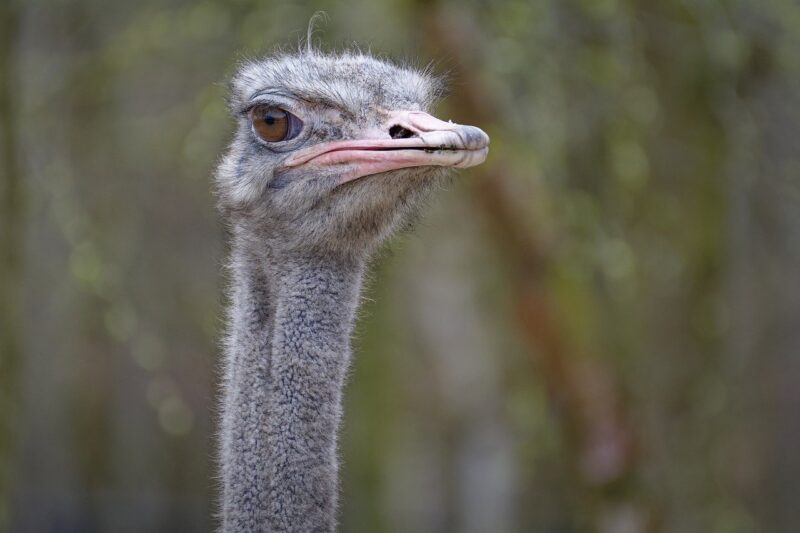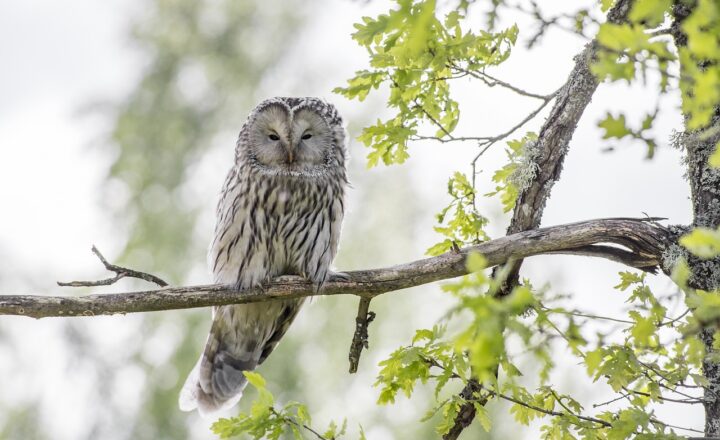How Zoos Use Specialized Diets to Keep Animals Healthy in Captivity
November 12, 2024

Zoos have long been a source of fascination for people of all ages, providing an opportunity to observe animals that many individuals may never encounter in the wild. Despite their primary role in education and conservation, zoos face unique challenges when it comes to keeping captive animals healthy. One of the most critical aspects of animal care is diet. In this detailed exploration, we will dive into how zoos develop and implement specialized diets to ensure the well-being of their residents.
1. The Importance of Nutrition in Zoo Animals
Proper nutrition is essential for all living beings, and animals in zoos are no exception. A balanced diet supports growth, reproduction, and overall health. In captivity, however, animals can face numerous challenges. Many species in zoos are removed from their natural habitats, which often leads to limited access to their traditional food sources. Additionally, captive animals may exhibit different behavioral patterns, influencing their dietary needs.
Nutritionists and veterinarians work closely to formulate diets that mimic what these animals would eat in the wild. Understanding the specialized dietary requirements of each species is crucial for promoting health and longevity. For example, a giant panda’s diet must include 99% bamboo, whereas a lion requires a meat-based diet to thrive.
2. Factors Affecting the Diet of Zoo Animals
There are various factors to consider when designing a diet for zoo animals:
- Species-Specific Needs: Each animal species has its unique dietary requirements, influenced by its natural habitat and feeding habits. The diet for an herbivore, like a giraffe, is markedly different from that of a carnivore, such as a tiger.
- Age and Health Status: Young animals, pregnant females, and elderly animals often have varying nutritional needs. For instance, growing cubs may require higher levels of protein for muscle development, while older animals might need diets that support joint health.
- Behavioral Considerations: Animals in zoos may face stress, boredom, or behavioral issues related to captivity. Specialized diets can include enrichment components, encouraging foraging and engagement, which are vital for mental health.
3. Creating Specialized Diets
The process of developing a specialized diet begins with extensive research on each species. Nutritionists gather data on:
- Natural Diets: Studying the eating habits of animals in the wild helps nutritionists create a menu that closely mirrors their natural diets.
- Nutritional Content: Understanding the macro and micronutrient profiles required for optimal health informs the selection of food ingredients.
- Digestive Health: Species’ unique digestive systems require consideration of fiber content, protein sources, and other factors affecting digestive health.
Once sufficient data is collected, nutritionists collaborate with zookeepers and veterinarians to develop a balanced diet plan. This plan typically breaks down the daily nutritional intake according to the animal’s weight, age, and health status.
4. Types of Specialized Diets in Zoos
Different types of specialized diets are tailored to meet the varying needs of zoo animals:
- Carnivore Diets: For animals like lions and tigers, diets typically consist of high-quality meats, organs, and bones. Supplements and vitamins may also be added to ensure adequate nutrition.
- Herbivore Diets: Herbivorous animals, including giraffes and elephants, often receive a mixture of hay, fruits, vegetables, and specially formulated grains to achieve a balanced diet. Enrichment items, such as browse and treats, are often included to encourage natural foraging behaviors.
- Omnivore Diets: Omnivores, like bears and primates, have diets that combine both plant and animal sources. These diets often contain fruits, vegetables, grains, and meats, ensuring they receive a wide spectrum of nutrients.
5. Implementing the Diets: Zookeepers’ Roles
Once the specialized diets are established, zookeepers play a critical role in implementing and monitoring them. This includes:
- Feeding Schedules: Zookeepers follow strict feeding schedules to ensure that animals receive their food at the appropriate times, which helps mimic their natural feeding behaviors and rhythms.
- Monitoring Consumption: Zookeepers observe animals during feeding time to ensure they consume their allotted portions. This is crucial for identifying any issues such as dietary preferences or health concerns.
- Adjusting Diets: If an animal is not consuming its food or shows signs of dietary deficiencies, zookeepers may adjust the diet in collaboration with nutritionists and veterinarians to ensure optimal health.
6. Challenges of Feeding Zoo Animals
Despite the best planning and implementation, caring for the dietary needs of zoo animals presents challenges:
- Picky Eaters: Some animals may exhibit food preferences or aversions that complicate the consistency of their diet.
- Seasonal Changes: Availability of certain foods may vary seasonally, making it difficult to maintain dietary consistency throughout the year.
- Health Issues: Animals with health problems may require specific dietary adjustments, leading to increased complexity in meal planning.
7. The Role of Research and Collaboration
Research plays an essential role in improving the dietary management of zoo animals. Many zoos collaborate with universities, veterinary schools, and wildlife agencies to enhance knowledge and create innovations in animal care. Through this collaborative work, many zoos have adopted evidence-based practices informed by recent studies.
Additionally, new technologies and data analytics are increasingly being utilized to refine and adapt feeding protocols. These advancements may include tracking nutrient intake, food waste, and behavioral responses to dietary changes, ensuring the health and happiness of zoo animals.
Conclusion
From the careful selection of ingredients to the development of specialized diets, managing the nutrition of zoo animals is a complex and dynamic process. The collaboration between nutritionists, veterinarians, and zookeepers ensures that the dietary needs of these creatures are met while also promoting their well-being and longevity. By continuing to advance our understanding of animal nutrition and utilizing innovative approaches, zoos can commit to providing the best care for their beloved residents, ultimately contributing to wildlife conservation efforts at large.








